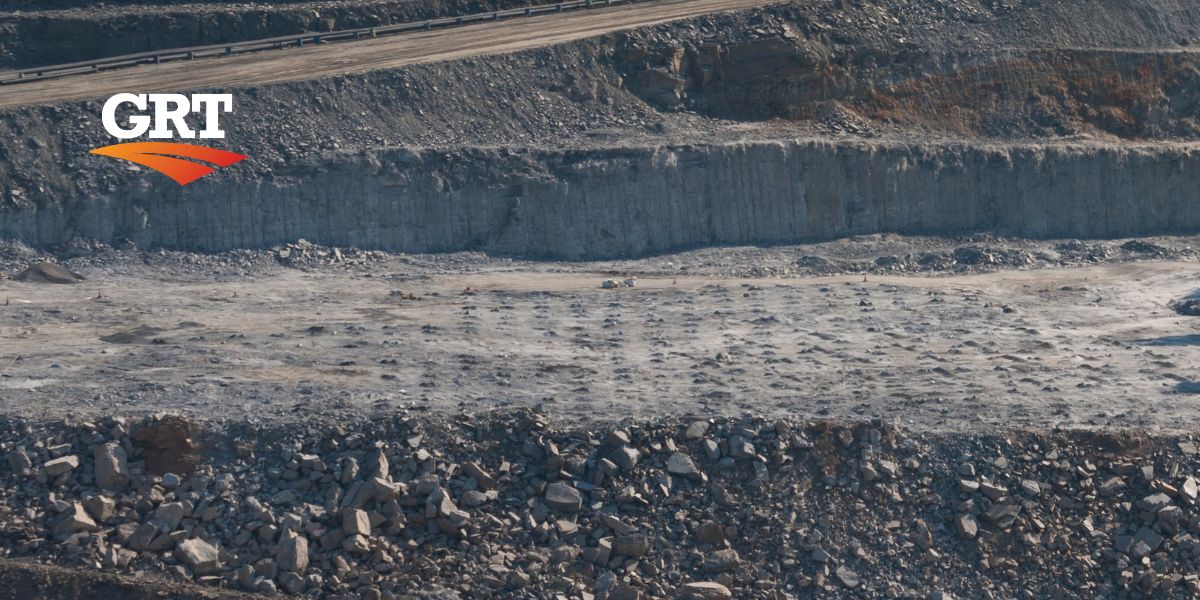Western Australia’s iron ore sector continues to fuel the economy, delivering another record annual figure revenue. The bumper figure of $231 billion in the past financial year compared to $211b from 2020-21 and $151b in 2018-19.
The sector contributes 55 per cent of the national resources and energy market export earnings.
The annual earnings figures were led by iron ore, followed by gold and nickel with sales of $17b and $4.9b respectively. Lithium has finally strengthened as an investment with sales on spodumene concentrate hitting a record $6.8b.
Another $2.5b was expended on exploration as the hunger for rare earths and green minerals needed to make electric vehicle batteries and emission-free technology escalates. Gold, nickel, copper, lithium and rare earths led the exploration dollars.
The figures come with the release of the Resources and Energy Quarterly from the Federal Department of Industry, Science and Resources.
Are environmental regulations, health and safety concerns or potential profit loss a concern right now?
According to the report, Australia’s mining sector contributes around 10% of the national GDP, over two-thirds of the countries total goods and services exports and directly employs over 250,000 people. China continues to be Australia’s major customer, spending $140b in the last financial year with the second runner, Japan, at $54b.
The report predicts that in the coming two years, the resource and energy sectors will continue to make a significant contribution to real GDP growth. Coal producers will seek to lift output and exports, in response to record high prices and margins and Non-ferrous metal production will experience healthy growth.’ As Northern Hemisphere smelters close or slow down due to high energy prices, Australian producers will be able to increase their market share.
Australia remains the world’s number one for iron ore resources, exporting 53% of the world’s iron ore, and is the largest producer of the resource in the world with the largest deposits are concentrated in Western Australia (WA). The report stated the ‘Australian export volumes were 0.9% higher year-on-year in the first half of 2022’, and new greenfield supplies were coming online. ‘Exports are forecast to increase by 3.1% in 2022–23 to reach 903 million tonnes and rise by 3.8% to 937 million tonnes in 2023–24.’ The increase in export volumes largely offset the fall in iron ore prices during the year.
WA Premier and Treasurer Mark McGowan said to the West Australian that the results highlighted the success of the State Government’s Jobs Plan and its commitment to creating long-term employment for Western Australians.’
“Our unrivalled economic management and growing resources sector show time and time again that our State is the backbone of our nation’s economy,” he said.
Metallurgical coal, used primarily for steel production, continued to contribute strongly to the economy with Australian premium hard coking coal price forecast to average almost US$400 a tonne in 2022. The report said that increased production in NSW and Queensland would push up Australia’s exports to 180 million tonnes by 2023–24. Coking coal export values are expected to peak above $66 billion in 2021–22.
Reference
https://www.industry.gov.au/publications/resources-and-energy-quarterly-september-2022
Your feedback is important to us. If you enjoyed reading this Global Road Technology industry update and found it informative, please let us know by leaving a REVIEW.
Troy Adams
Troy Adams is the Managing Director of Global Road Technology (GRT) Specialising in Engineered Solutions for Dust Suppression, Erosion Control, Soil Stabilisation and Water Management. A pioneering, socially conscious Australian entrepreneur, Troy Adams is passionate about health and safety and providing innovative solutions that are cost-effective to the mining industry, governments and infrastructure sectors. Troy is also a tech investor, director of companies like Crossware, Boost, Hakkasan, Novikov and more.

